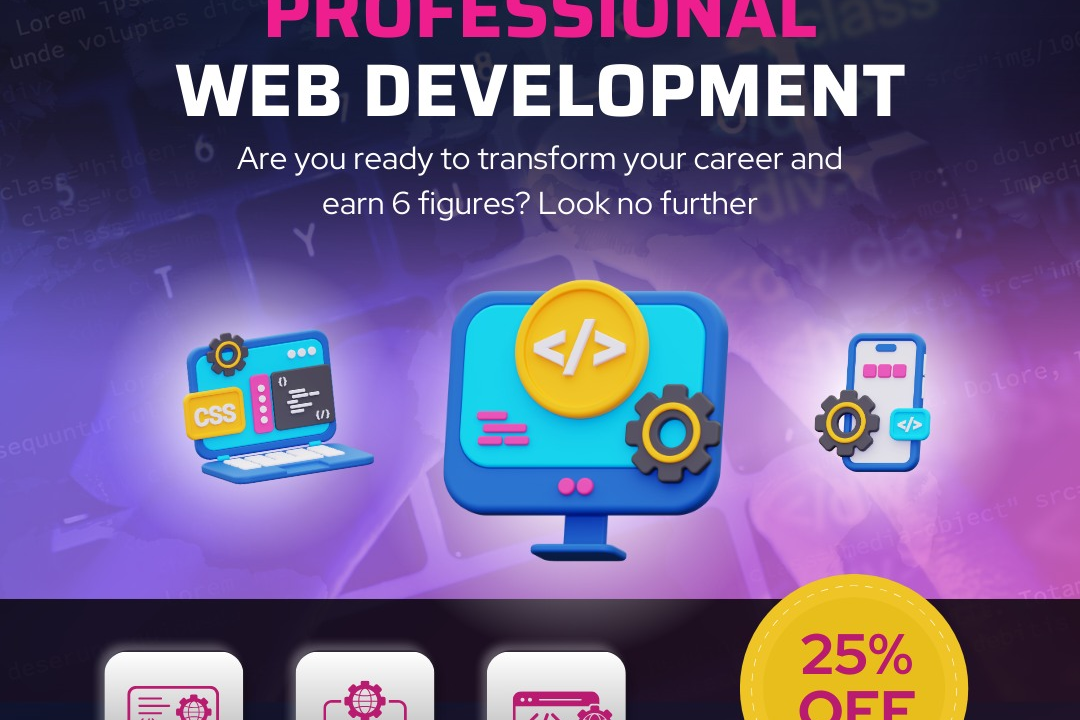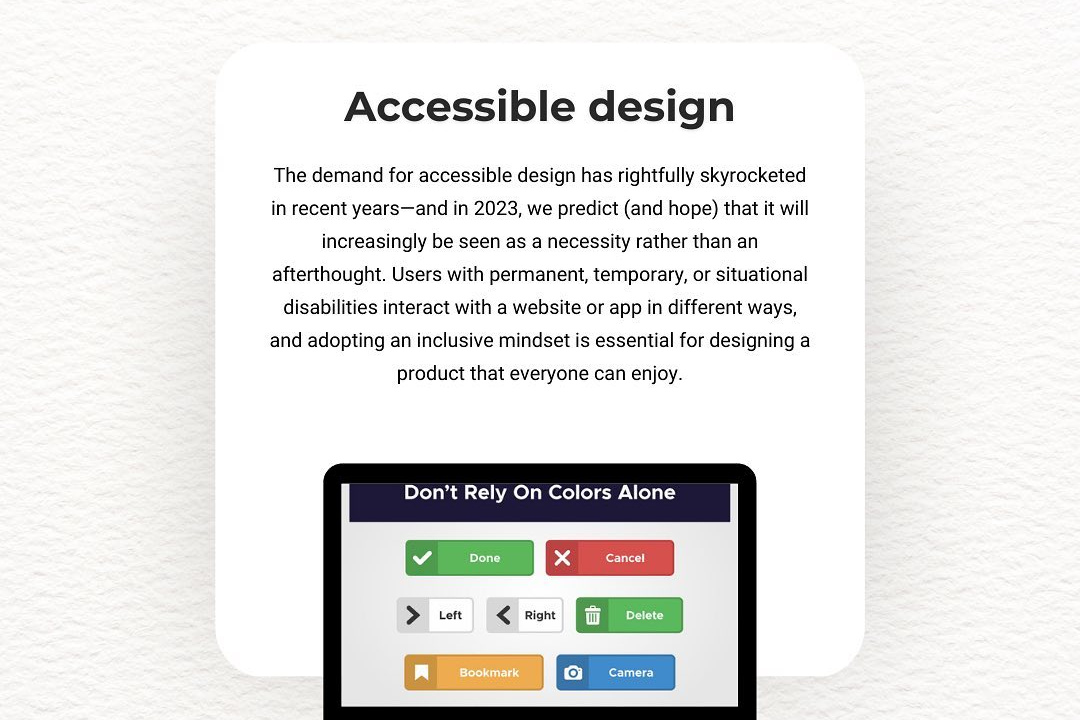Displaying a message program in HTML and PHP
Displaying a message program using HTML and PHP involves utilizing PHP's server-side scripting capab
Displaying a message program in HTML and PHP
Displaying a message program using HTML and PHP is useful for providing real-time feedback to users based on their actions, such as form submissions or interactions on a website. By combining PHP's server-side processing with HTML's structure, developers can create interactive applications that respond immediately to user input, enhancing user experience. For instance, after a user submits a form, PHP can validate the data and generate success or error messages, which are then displayed in the HTML page. This immediate feedback helps users understand the results of their actions, facilitates easy corrections of mistakes, and ultimately leads to improved engagement and satisfaction on the website.
To Download Our Brochure: https://www.justacademy.co/download-brochure-for-free
Message us for more information: +91 9987184296
Displaying a message program using HTML and PHP is useful for providing real time feedback to users based on their actions, such as form submissions or interactions on a website. By combining PHP's server side processing with HTML's structure, developers can create interactive applications that respond immediately to user input, enhancing user experience. For instance, after a user submits a form, PHP can validate the data and generate success or error messages, which are then displayed in the HTML page. This immediate feedback helps users understand the results of their actions, facilitates easy corrections of mistakes, and ultimately leads to improved engagement and satisfaction on the website.
Course Overview
The “Displaying a Message Program in HTML and PHP” course offers a comprehensive introduction to creating interactive web applications that respond dynamically to user input. Participants will learn how to seamlessly integrate HTML with PHP to display informative messages based on user interactions, such as form submissions. The course covers essential concepts including server-side scripting, form handling, and data validation, providing hands-on experience through real-time projects. By the end of the course, learners will have the skills to enhance user experience on websites by effectively managing and displaying feedback messages, leading to improved user engagement and satisfaction.
Course Description
The “Displaying a Message Program in HTML and PHP” course offers a practical approach to web development by teaching participants how to create dynamic web pages that effectively communicate with users. Through this course, learners will understand how to use HTML for structuring web content and PHP for server-side scripting, enabling them to display customized messages based on user inputs and interactions, such as form submissions. With a focus on hands-on projects, participants will gain valuable skills in form handling, data validation, and real-time feedback mechanisms, ultimately enhancing their ability to build interactive web applications that improve user experience.
Key Features
1 - Comprehensive Tool Coverage: Provides hands-on training with a range of industry-standard testing tools, including Selenium, JIRA, LoadRunner, and TestRail.
2) Practical Exercises: Features real-world exercises and case studies to apply tools in various testing scenarios.
3) Interactive Learning: Includes interactive sessions with industry experts for personalized feedback and guidance.
4) Detailed Tutorials: Offers extensive tutorials and documentation on tool functionalities and best practices.
5) Advanced Techniques: Covers both fundamental and advanced techniques for using testing tools effectively.
6) Data Visualization: Integrates tools for visualizing test metrics and results, enhancing data interpretation and decision-making.
7) Tool Integration: Teaches how to integrate testing tools into the software development lifecycle for streamlined workflows.
8) Project-Based Learning: Focuses on project-based learning to build practical skills and create a portfolio of completed tasks.
9) Career Support: Provides resources and support for applying learned skills to real-world job scenarios, including resume building and interview preparation.
10) Up-to-Date Content: Ensures that course materials reflect the latest industry standards and tool updates.
Benefits of taking our course
Functional Tools
1 - HTML (HyperText Markup Language): HTML serves as the backbone of any web page, providing the structure and layout of content. It allows students to create text, links, images, and other media elements that can be displayed in a browser. In the course, learners will utilize HTML to set up the foundation for their message display program. Through the use of various tags, such as `<h1>` for headers and `<p>` for paragraphs, students will understand how to organize content effectively, enhancing the user experience of their web applications.
2) PHP (Hypertext Preprocessor): PHP is a server side scripting language that enables dynamic content generation. Students will learn how to integrate PHP scripts within their HTML code to process forms and display messages based on user input. This language provides functionalities like variable declaration, conditional statements, and loops, which are essential for creating robust applications. By using PHP, learners can embed logic in their web pages, allowing them to create personalized messages that respond to different user actions.
3) Text Editors (e.g., Visual Studio Code, Sublime Text): A text editor is a crucial tool for writing and editing code efficiently. The course will guide students in using popular text editors like Visual Studio Code or Sublime Text, which come with features like syntax highlighting, code completion, and project navigation. These tools enhance productivity and make the coding process smoother. Familiarity with a text editor equips students with essential skills for any web development project, enabling them to organize their work and make adjustments quickly.
4) Web Browsers (e.g., Chrome, Firefox): Students will use web browsers to test and view their HTML and PHP projects. Understanding how different browsers render web pages is vital, as variations may exist in how code is displayed. This part of the training emphasizes debugging techniques, allowing students to identify and fix errors in their code by observing the output in real time. Browsers also come equipped with developer tools, enabling learners to inspect elements, monitor network requests, and optimize performance for their applications.
5) XAMPP / WAMP Server: These are local server solutions that allow students to run PHP scripts on their machines. XAMPP and WAMP provide an easy way to set up a testing environment for developing and testing PHP applications. During the training, students will learn to install and configure these servers, which include Apache for handling HTTP requests and MySQL for database management if needed. This tool is vital as it simulates a live server setting, allowing learners to experiment with their PHP code before deploying it publicly.
6) Version Control Systems (e.g., Git): Understanding version control is essential for managing code changes and collaboration on projects. The course will introduce students to Git, a widely used version control system that tracks code changes, enabling them to work on projects collaboratively while maintaining the history of their work. By learning to use Git, students will gain skills that are highly valued in the tech industry, allowing them to manage their projects efficiently and collaborate effectively with peers and potential employers.
7) CSS (Cascading Style Sheets): CSS is a stylesheet language that enhances the presentation of HTML documents. In this course, students will learn how to style their web pages using CSS to improve aesthetics and user interface. Topics covered will include box model, positioning, layout techniques like Flexbox and Grid, and responsive design principles. Mastering CSS allows students to create visually appealing applications that attract and retain users, ensuring a polished and professional look.
8) JavaScript (JS): JavaScript is a powerful programming language that adds interactivity and dynamic behavior to web pages. Students will gain foundational knowledge of JS, learning about variables, functions, event handling, and DOM manipulation. This enables them to create interactive message displays, form validations, and other engaging web elements. Understanding JavaScript equips learners with the ability to enhance user experience significantly and make their applications more intuitive and responsive.
9) APIs (Application Programming Interfaces): Exposure to APIs is integral for modern web development. In this course, students will learn how to interact with third party APIs to fetch and display data dynamically. They will understand the basics of RESTful services, JSON format, and making asynchronous calls using AJAX or Fetch API. By integrating APIs, learners can enrich their projects with external data and functionalities, such as social media feeds or real time notifications, elevating their applications' usability.
10) MySQL (Structured Query Language): Understanding databases is crucial for managing data driven applications. In this course, students will learn the fundamentals of SQL and how to use MySQL to create, read, update, and delete database records. They will explore the relationship between PHP and MySQL, creating dynamic web applications that can store and retrieve user generated content. Mastering SQL concepts prepares students for backend development roles, enabling them to build robust applications that handle user data effectively.
11 - Debugging Techniques: Proficiency in debugging is vital for any developer. This course will teach students various methods to identify and resolve coding errors, including using browser developer tools, console logs, and debugging PHP scripts. Students will gain skills in troubleshooting common issues that arise in web applications, enhancing their problem solving capabilities. Developing a systematic approach to debugging helps students refine their code and improve application performance.
12) Responsive Web Design: With the increasing use of mobile devices, creating responsive web pages is essential. Students will learn techniques to ensure their applications are accessible and user friendly on various screen sizes. The course covers media queries, fluid layouts, and scalable images, empowering learners to design websites that adapt seamlessly to different devices. Understanding responsive design principles is crucial for producing modern web applications that meet user expectations.
13) Project Management Tools (e.g., Trello, Asana): Utilizing project management tools helps organize tasks and collaborate effectively during the development process. Students will explore how these tools can assist in planning, tracking progress, and managing deadlines. By practicing project management skills, learners will be better equipped to handle team dynamics, especially when working on larger projects or in a professional environment.
14) Basic Security Practices: Security is a fundamental aspect of web development that cannot be overlooked. This course will introduce students to basic security practices such as input validation, prepared statements to prevent SQL injection, and data sanitization. Understanding these practices is crucial for protecting user data and creating secure applications. Students will learn to implement security measures that safeguard their projects from common vulnerabilities.
15) Deployment Processes: Learning how to deploy web applications is the final step in the development cycle. This course will guide students through the deployment process, including selecting hosting platforms, configuring domain settings, and understanding FTP (File Transfer Protocol) for uploading files to the server. By gaining knowledge of deployment techniques, learners will be capable of launching their projects to the public and gaining valuable experience in making applications live.
Browse our course links : https://www.justacademy.co/all-courses
To Join our FREE DEMO Session:
This information is sourced from JustAcademy
Contact Info:
Roshan Chaturvedi
Message us on Whatsapp: +91 9987184296
Email id: info@justacademy.co











